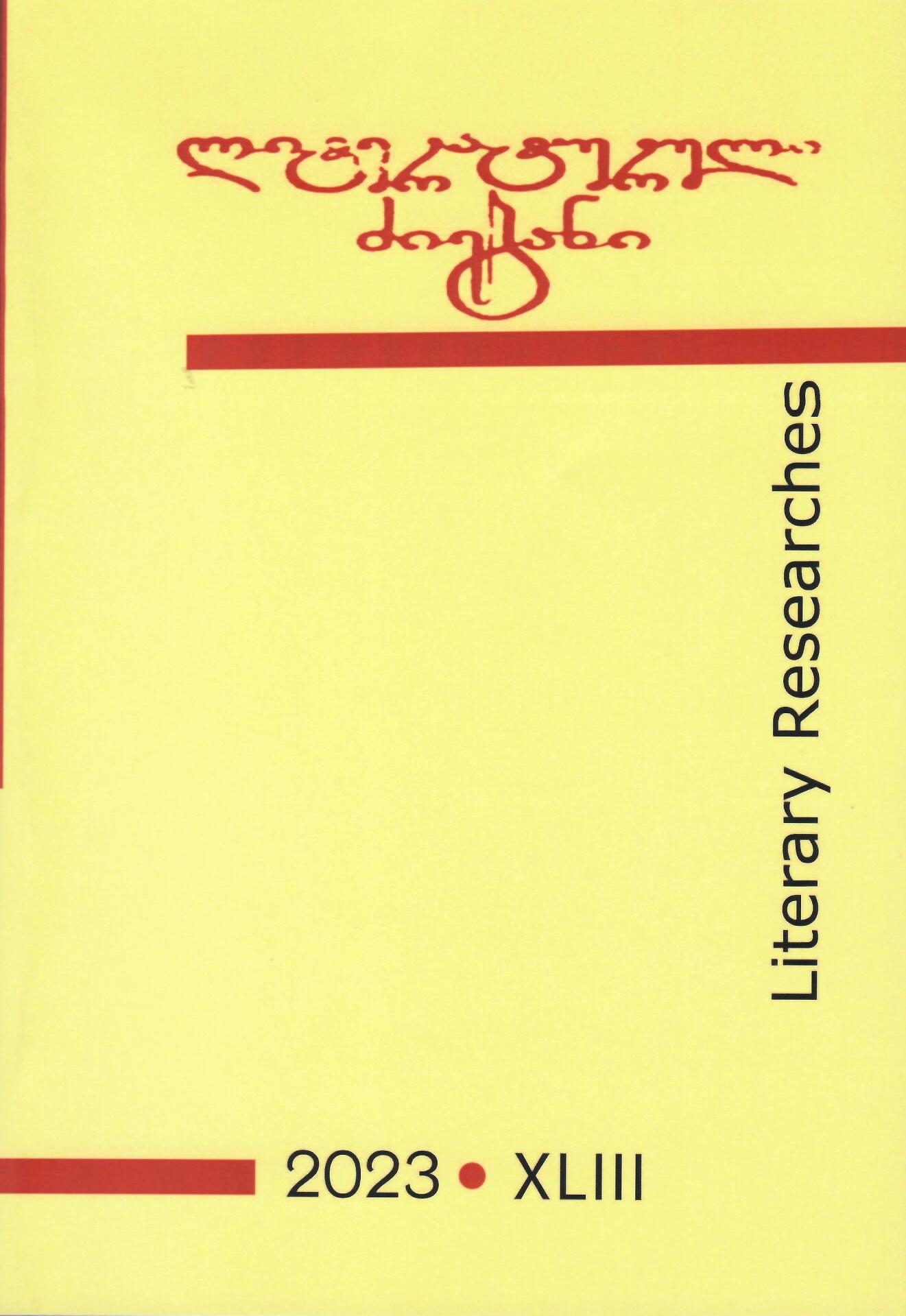გამოქვეყნებული 2023-12-14
საკვანძო სიტყვები
- პოსტმოდერნიზმი,
- უმბერტო ეკო,
- პორტრეტი,
- ორმაგი ბუნება,
- ჰოლმსი
- ოკამი ...More
როგორ უნდა ციტირება
ანოტაცია
This paper undertakes a comprehensive exploration of the intricate portrayal of William of Baskerville in Umberto Eco’s seminal postmodernist novel, “The Name of the Rose,” with a particular emphasis on elucidating the key features of postmodern literature and the character’s dualistic nature. The analysis delves into Eco’s adept use of pre-existing literary forms to craft a highly complex and multi-dimensional character, positioning William as a captivating hybrid, embodying the attributes of both a Franciscan monk and an amateur detective.
At the core of this investigation lies the endeavor to decode William’s portrait, unraveling the layers of his dualistic nature. The character becomes a microcosm reflecting broader postmodernist themes, including an empirical approach to issues, intellectual curiosity, skepticism, double coding, duality, irony, and a nuanced sense of questioning established norms. In essence, William serves as a literary embodiment of postmodern complexity, inviting a nuanced analysis to grasp the intricacies of his character and the novel’s overarching narrative.
The examination unfolds with a focus on Eco’s strategic use of double coding, a hallmark of postmodern literature. This technique involves the blending of disparate literary elements, in this case, medieval and detective genres, to shape William’s character. The paper explores how this double coding contributes to the richness of William’s character, making him a fascinating subject for analysis within the context of postmodern literature.
To further illuminate the postmodern characteristics, the author draws on comparative examples, invoking the names of William Ockhom and Sherlock Holmes. This comparative analysis serves as a lens through which we examine and accentuate the postmodern nuances present in William’s persona. By juxtaposing William with these figures, the paper delineates the unique synthesis of medieval and detective elements in Eco’s work.
The exploration extends to a detailed scrutiny of the similarities and differences between William and Holmes. Carefully selected passages from both novels are employed as illustrative evidence, offering a tangible foundation for the comparative analysis of the characters. The paper concludes by summarizing the key features of William’s dualistic portrait as a product of post-modernist poetics.

